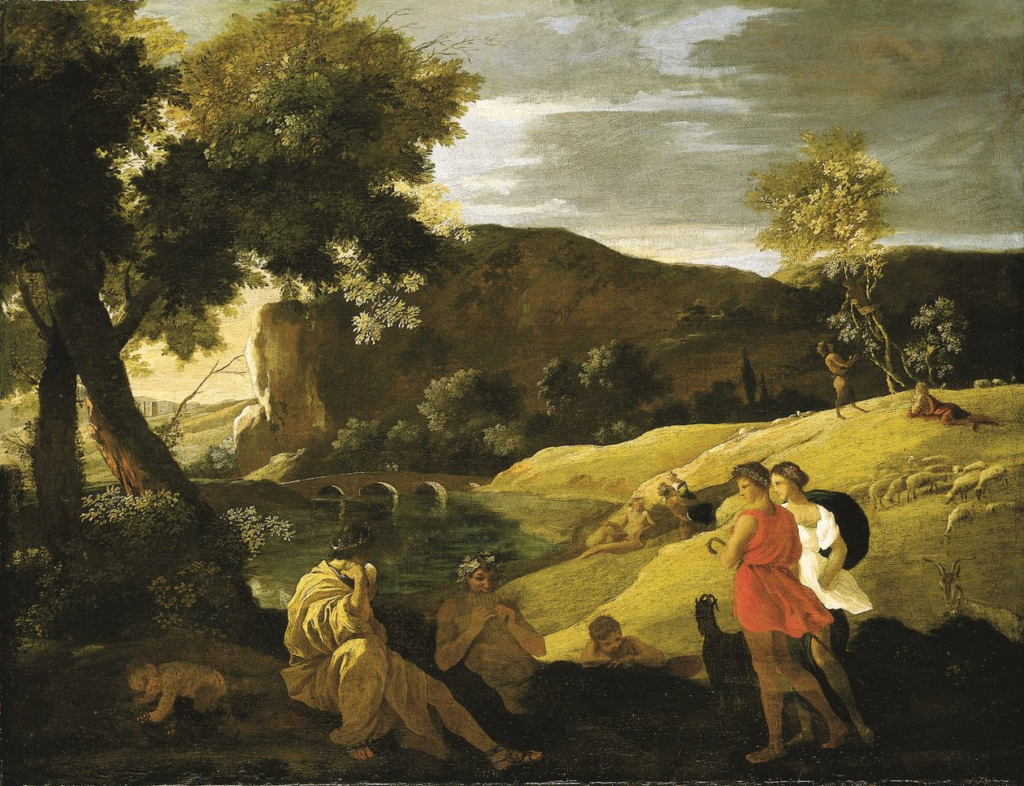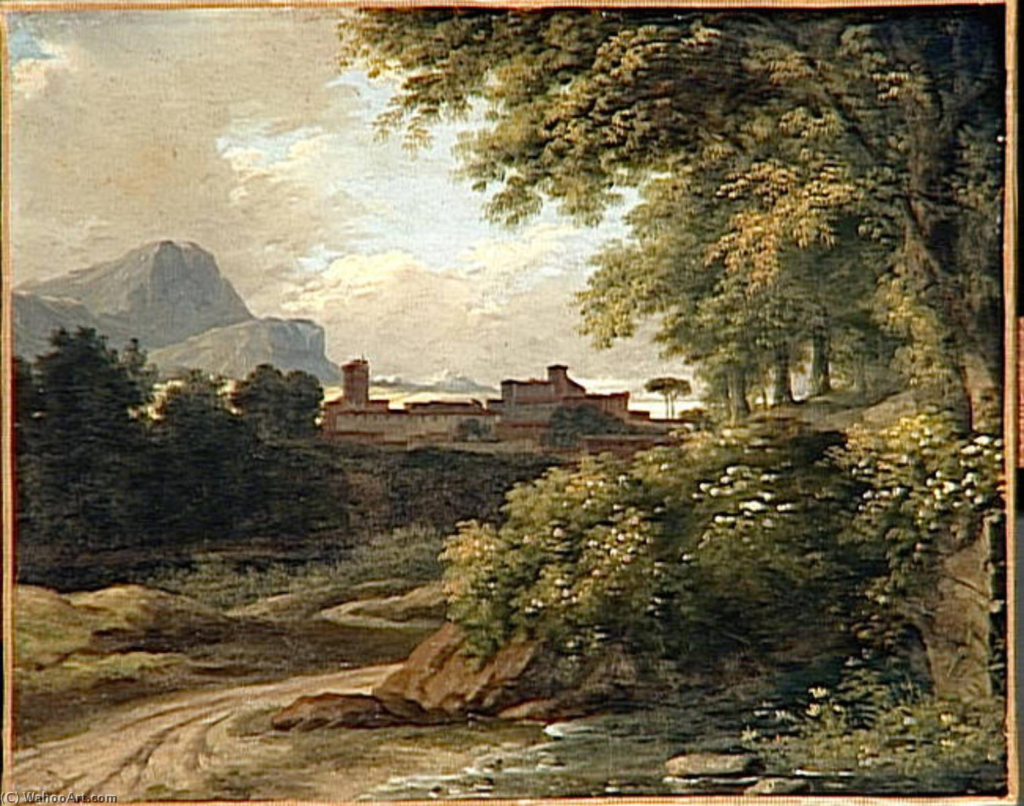
What does Landscape mean?
Landscape art and photography shows the spaces within the world, sometimes vast and unending, but other times microscopic. Landscape photographs typically capture the presence of nature but can also focus on human-made features or disturbances of landscapes.
History and Traditions of Landscape Photography
Artists have been painting the landscape since ancient times.
Landscape gained in popularity as a genre due to many factors such as Romanticism. Originally, it was looked as a religious significance, but it also became a method of self-expression with the emotions of the photographer and or painter shown on the painting/photograph.
Before the renaissance, (a period in history and a cultural movement marking the transition from the Middle Ages to modernity, covering the 15th and 16th century), Landscape Art wasn’t really recognised as a genre in its own right.

In the 17th century the ‘Classical’ landscape evolved . These paintings were influenced by classical antiquity and sought to illustrate an ideal landscape recalling Arcadia, a legendary place in ancient Greece known for its quiet pastoral beauty. Even though Classical Landscape was a new genre, it was not yet popular within the hierarchy of art genres.

In the late 18th, early 19th century we start to see more landscape art coming about as a result of the industrial revolution. During this time, Landscape became more accepted by the academy.
Because industrial revolution had just come about, it made people long for their old life. This made people appreciate nature more, leading to people wanting to celebrate romanticism and showing love to it.
Pierre -Henri de Valenciennes – 18th Century

The very first photography that we know of was taken in an urban landscape during 1826 or 1827 by the French inventor Nicéphore Niépce.
